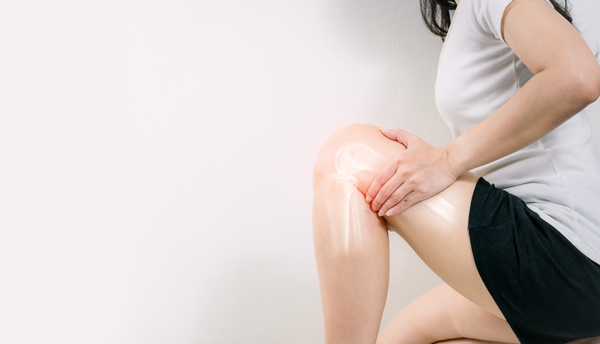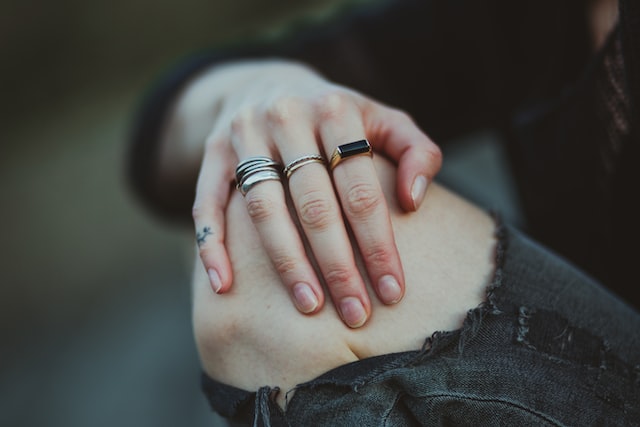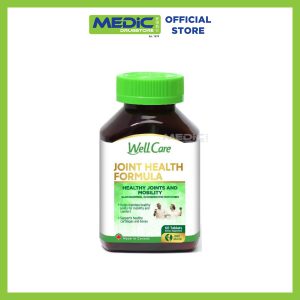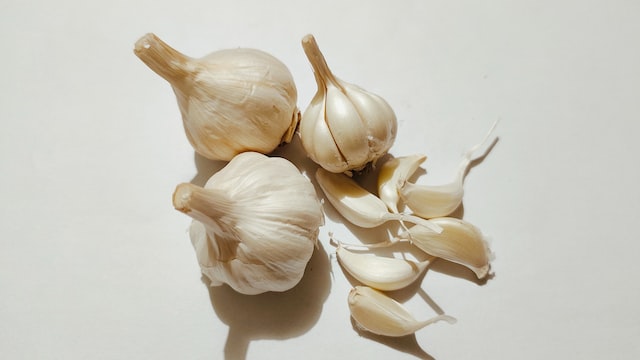Which Is Better For Osteoarthritis Heat Or Cold Singapore?
Osteoarthritis is a common condition that affects millions of people worldwide and can cause pain, stiffness, and limited mobility in affected joints.
While many treatments are available to alleviate the symptoms of osteoarthritis, one question that often arises is whether heat or cold therapy is better for managing the condition. The answer is not as straightforward as you might think and depends on a variety of factors, including the severity of your symptoms, the stage of your osteoarthritis, and your personal preferences.
So, what's the verdict? Is heat or cold therapy better for osteoarthritis? The answer might surprise you.
Both heat and cold therapy have their own unique benefits and drawbacks, and the best option for you will depend on the specifics of your condition.
To truly determine which therapy is best for you, it's important to consider all the factors involved and to seek guidance from a medical professional. Are you ready to find out which therapy is best suited for your osteoarthritis and to take control of your pain and stiffness once and for all? Read on to discover the answer!
Does Heat Make Osteoarthritis Worse?
Not true. Heat therapy is a commonly used method to alleviate the symptoms of osteoarthritis, especially pain and stiffness. It can be done in various ways, including using heat packs, taking warm baths, or undergoing physical therapy that involves the use of heat.
One of the main benefits of heat therapy is that it increases blood flow to the affected joint, which can help to reduce pain and improve range of motion.
Increases Blood Flow
By increasing blood flow, heat therapy can help to bring more oxygen and nutrients to the joint, which can promote healing and reduce inflammation.
Additionally, heat therapy can help to loosen up tight muscles and tissues, which can reduce pain and improve flexibility.
Reduce Stiffness
Heat therapy is especially effective for osteoarthritis sufferers who experience morning stiffness or have been inactive for a period of time. Applying heat to the affected joint can help to reduce stiffness and improve mobility, making it easier to get moving in the morning or after a period of inactivity.
It's important to note that heat therapy should not be used for acute injuries or for conditions that involve inflammation. In these cases, cold therapy is a better option.
Additionally, heat therapy should not be used for prolonged periods of time, as it can cause dehydration or make symptoms worse.
Is Cold Compress Good For Osteoarthritis?
Cold therapy is another commonly used method to alleviate the symptoms of osteoarthritis. Like heat therapy, it can be done in various ways, including using ice packs, taking cold baths, or undergoing physical therapy that involves the use of cold.
One of the main benefits of cold therapy is that it reduces inflammation in the affected joint. This can help to slow down the progression of joint damage and numb pain, making it an effective option for those with osteoarthritis who are experiencing acute pain or swelling.
Cold therapy works by narrowing blood vessels, which reduces blood flow to the affected area and slows down the production of pain-causing chemicals.
Cold therapy is also an effective option for those with osteoarthritis who have recently experienced an injury or have an acute flare-up of symptoms. By reducing inflammation and numbing pain, cold therapy can help to speed up the healing process and reduce the risk of further damage.
How to Use Heat Therapy for Osteoarthritis
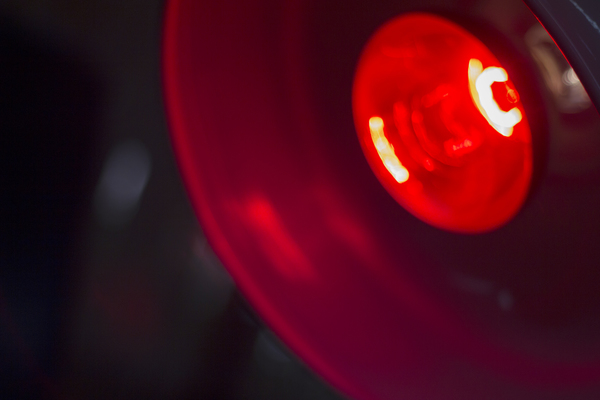
Heat therapy is a popular and effective method for reducing pain and stiffness associated with osteoarthritis. Here are some guidelines on how to use heat therapy to manage your symptoms:
Choose the right source of heat
There are several options available for heat therapy, including heating pads, hot water bottles, and warm baths. Choose a source of heat that is comfortable and easy for you to use.[Source]
Timing is key
Heat therapy is most effective when it is used for 15-20 minutes at a time. It is recommended to apply heat to the affected joint two to three times a day.
Temperature matters
The temperature of the heat source should be warm, not hot. Overly hot temperatures can burn your skin and make symptoms worse. Test the temperature before applying heat to the affected joint to ensure it is comfortable.
Protect your skin
Always place a cloth or towel between your skin and the heat source to prevent skin damage or burns.
Don't overdo it
Prolonged use of heat therapy can dehydrate your skin and make symptoms worse. It's important to limit heat therapy to 20-minute sessions and to give your skin time to rest in between sessions.
Seek medical advice: If you have any concerns or questions about heat therapy, it's important to speak with a medical professional who can provide guidance and help you make an informed decision.
How to Use Cold Therapy for Osteoarthritis
Cold therapy is a popular and effective method for reducing inflammation and numbing pain associated with osteoarthritis. Here are some guidelines on how to use cold therapy to manage your symptoms:
Choose the right source of cold
There are several options available for cold therapy, including ice packs, cold baths, or physical therapy that involves the use of cold. Choose a source of cold that is comfortable and easy for you to use.
Timing is key
Cold therapy is most effective when it is used for 15-20 minutes at a time. It is recommended to apply cold to the affected joint two to three times a day.
Temperature matters
The temperature of the cold source should be cool, not freezing. Overly cold temperatures can cause skin damage or make symptoms worse. Test the temperature before applying cold to the affected joint to ensure it is comfortable.[Source]
Protect your skin
Always place a cloth or towel between your skin and the cold source to prevent skin damage or frostbite.
Don't overdo it
Prolonged use of cold therapy can cause skin damage or make symptoms worse. It's important to limit cold therapy to 20-minute sessions and to give your skin time to rest in between sessions.
Factors to Consider When Choosing Between Heat and Cold Therapy
The choice between heat and cold therapy for osteoarthritis ultimately comes down to personal preference and the specific needs of the individual.
Some people may find that heat therapy is more effective for reducing pain and stiffness, while others may prefer cold therapy for reducing inflammation and numbing pain.
It's important to remember that both heat and cold therapy have their own unique benefits and drawbacks, and the best option for you will depend on the specifics of your condition.
For example, those with acute pain or swelling may find that cold therapy is more effective, while those with chronic pain and stiffness may prefer heat therapy.
It's also worth noting that some people may find that a combination of heat and cold therapy works best for them. For example, they may use heat therapy to reduce pain and stiffness in the morning, and then use cold therapy in the evening to reduce inflammation and numb pain.
Ultimately, the best way to determine which therapy is right for you is to speak with a medical professional who can provide guidance and help you make an informed decision.
By considering all the factors involved and seeking guidance, you can take control of your osteoarthritis and find the relief you need.

